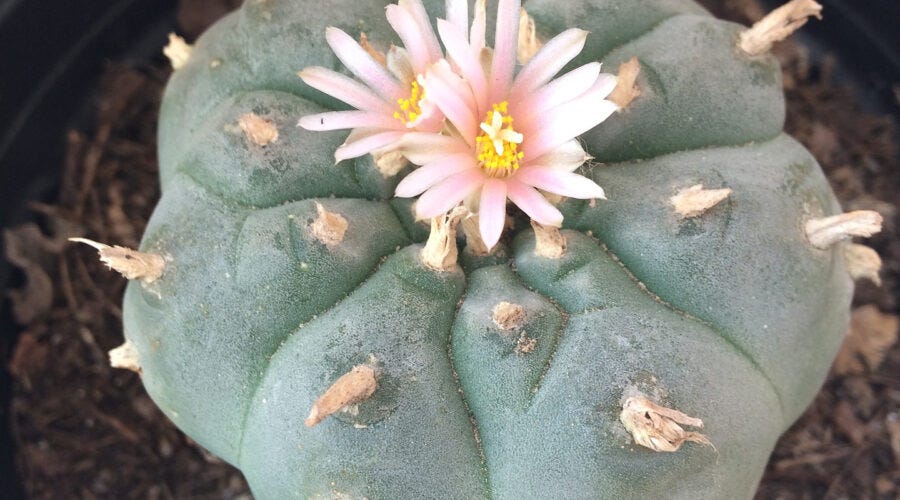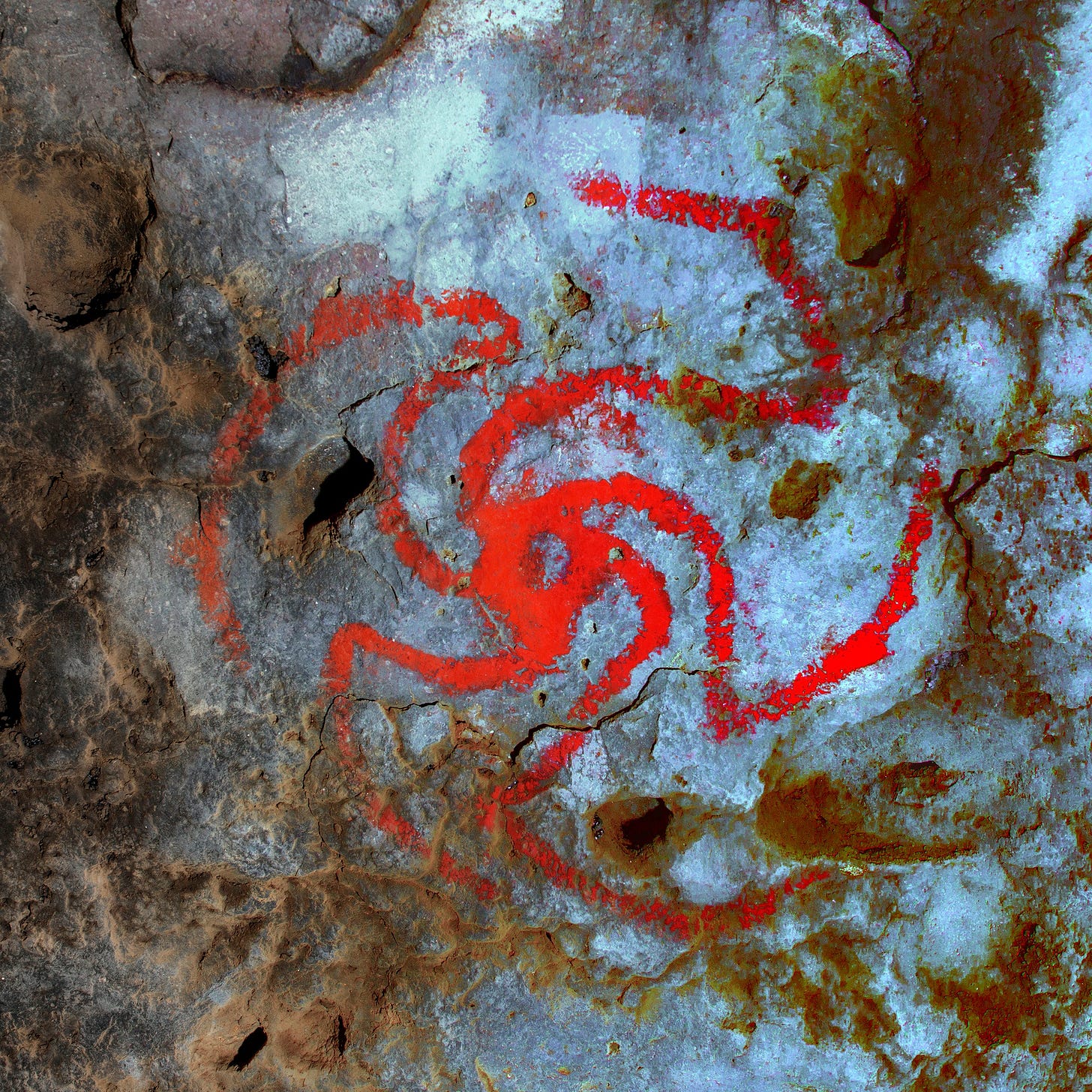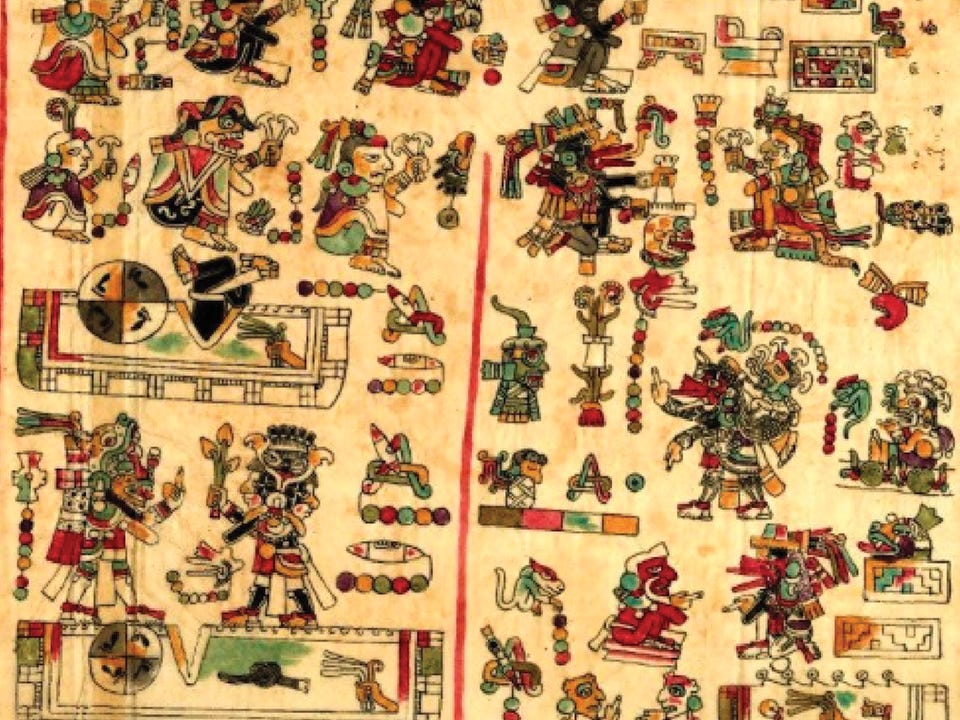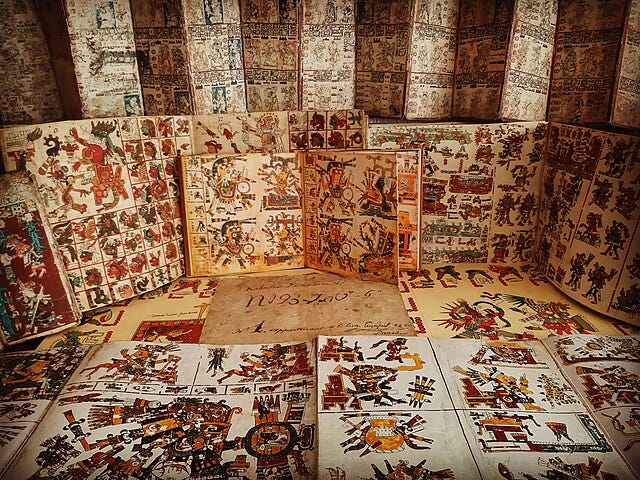Sacred Visions: The Intersection of Hallucinogenic Use and Art in Native American and Mexican Traditions
#NativeAmericanHeritageMonth
Hallucinogenic substances have long played a pivotal role in the spiritual and artistic traditions of Native American and Mexican Indigenous cultures. From peyote (Lophophora williamsii) in North America to psilocybin mushrooms and morning glory seeds in Mesoamerica, these substances served as conduits to the divine, inspiring ceremonial art and preserving cosmological beliefs.
The sacred peyote cactus is central to Native American spiritual practices, particularly within the Native American Church (NAC). Its psychoactive component, mescaline, induces vivid visions often translated into art forms like beadwork, textiles, and ceremonial artifacts. For example, vibrant peyote-inspired beadwork incorporates intricate patterns and symbolic imagery such as deer and waterbirds, representing spiritual journeys and guidance. The Cheyenne and Crow peoples developed unique beadworking techniques, including parallel stitching and Crow stitch, reflecting tribal-specific spiritual narratives.
Sites like Pinwheel Cave in California provide archaeological evidence of hallucinogenic rituals. Depictions of Datura wrightii, alongside its physical remains, confirm its ritualistic use. The abstract and geometric patterns painted in these sites reflect the altered perceptions induced by entheogens, illustrating their spiritual and artistic significance.
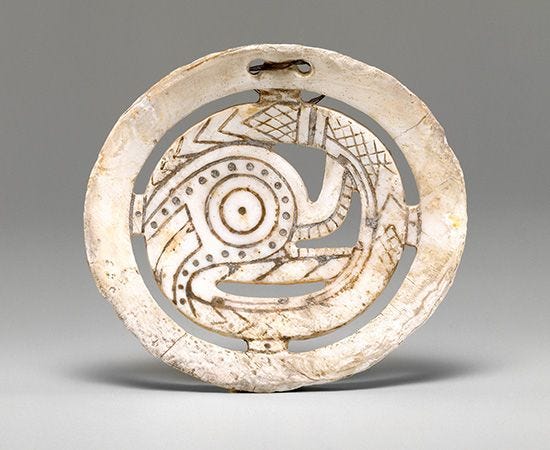
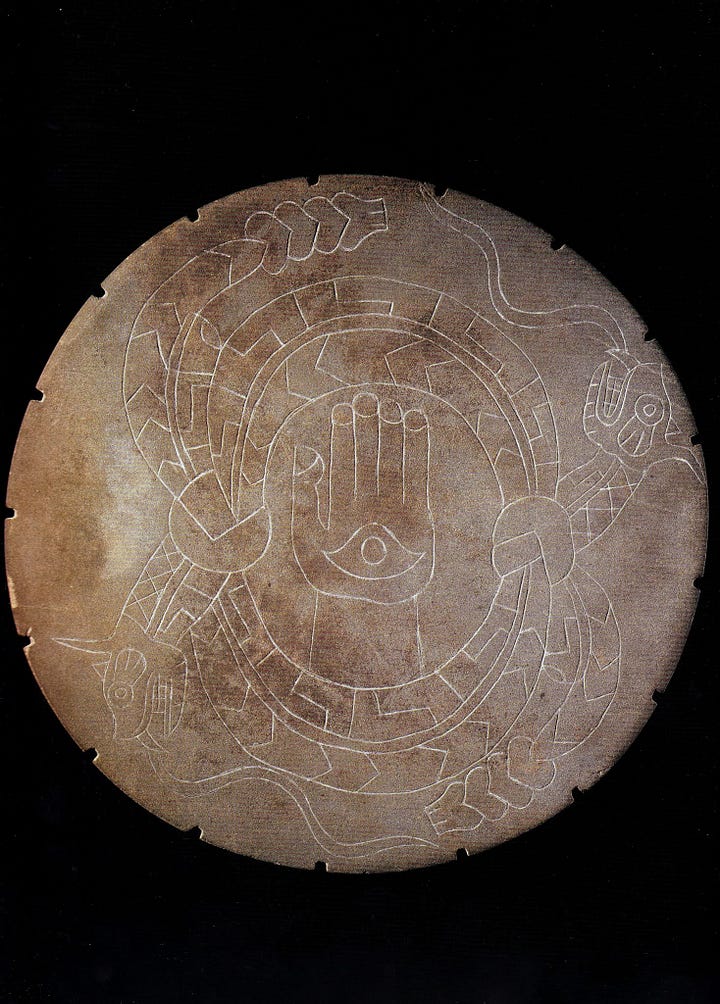
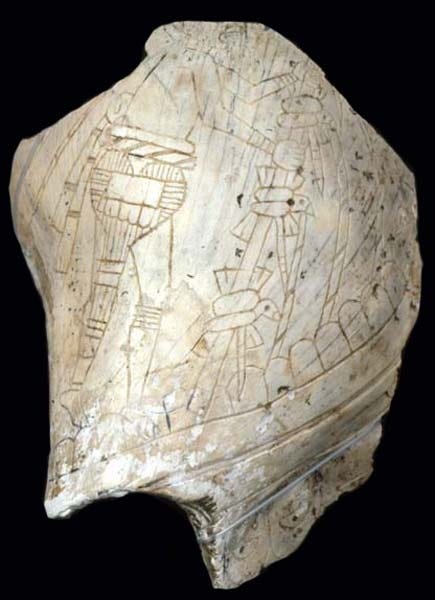
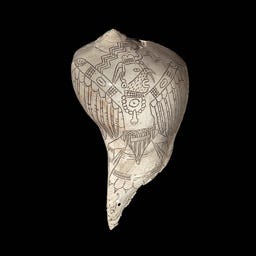
Artifacts from Mississippian cultures, such as engraved shells, depict mythical beings and cosmological themes. These objects often incorporated symbolic motifs inspired by hallucinogenic experiences, bridging spiritual insights and artistic expression. Such artifacts illustrate the shared cultural narratives of life, death, and rebirth among Indigenous communities.
The use of psilocybin mushrooms, known as teonanácatl or "flesh of the gods," was integral to Aztec and Maya rituals. Codices such as the Mixtec Codex Vindobonensis depict these mushrooms in association with deities like Tlaloc, symbolizing fertility and agricultural cycles. Mushroom stones and effigies found in Mesoamerican archaeological sites further underscore their ceremonial importance.
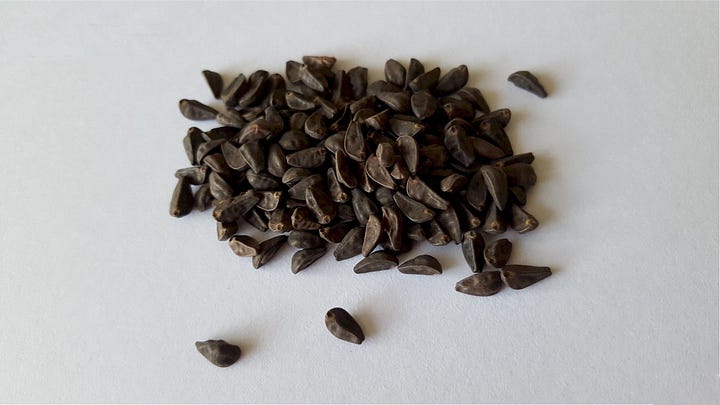
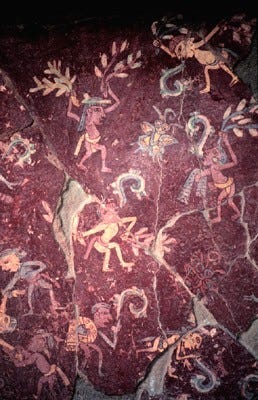
The psychoactive properties of morning glory seeds (Ipomoea tricolor) were utilized in Aztec and Maya spiritual ceremonies. Cave paintings, such as those in Teotihuacán and other Mesoamerican sites, illustrate hallucinogen-inspired visions. These artworks often depict shamans, gods, and animals, reflecting the cosmological beliefs associated with altered states.
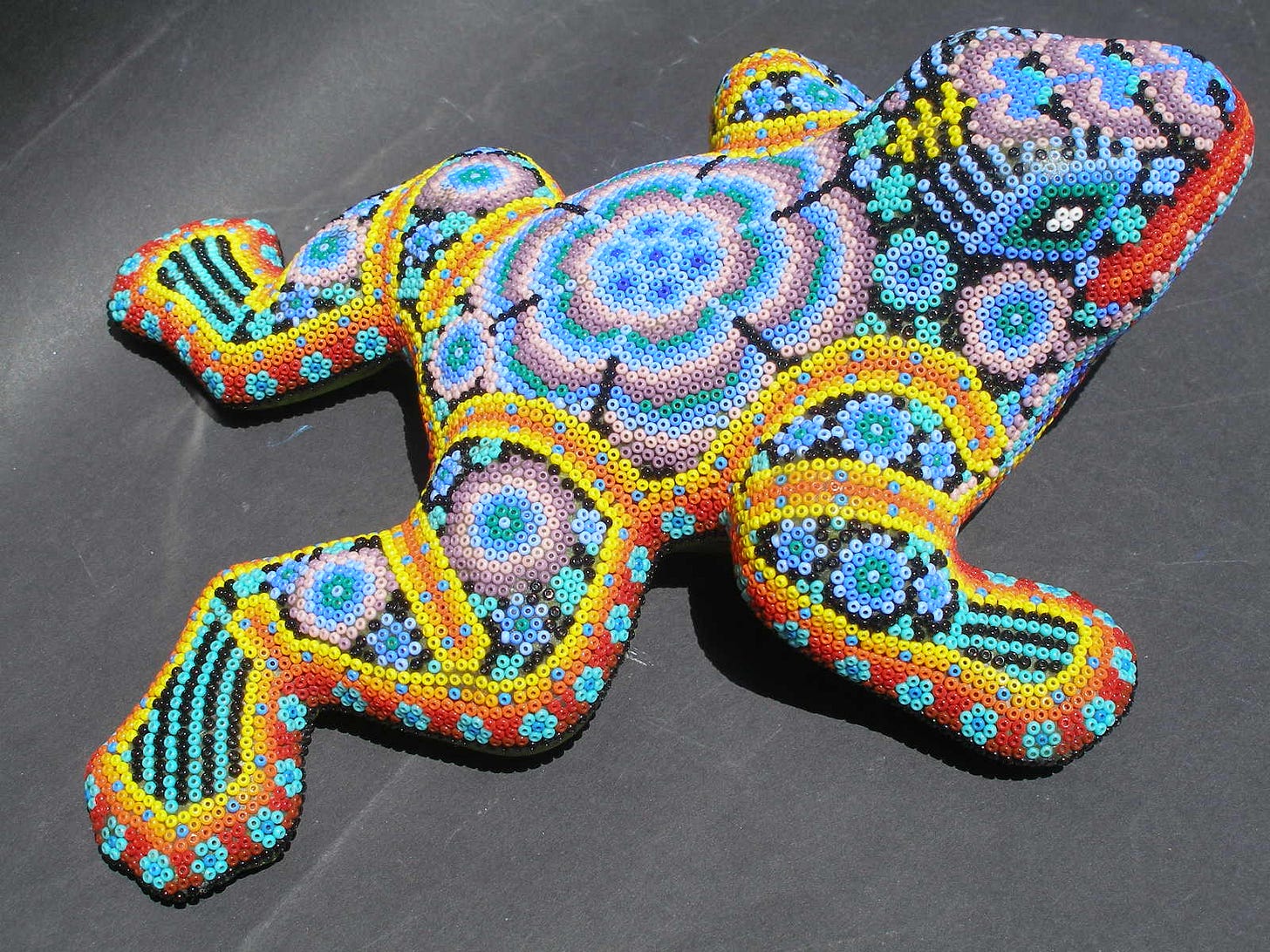
Contemporary Indigenous Huichol art, rooted in the visionary experiences of peyote rituals, features vibrant yarn paintings and beaded sculptures. These works incorporate sacred symbols such as deer, serpents, and maize, visually narrating the spiritual journeys of their creators.
Hallucinogens significantly influenced Indigenous artistic traditions, serving as both inspiration and medium for creativity.
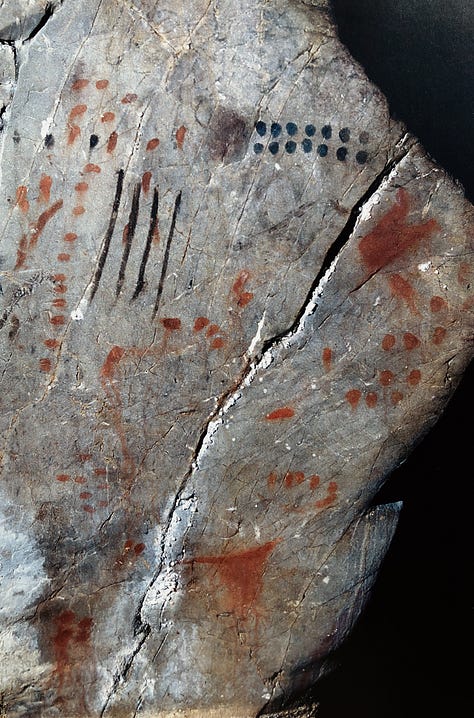
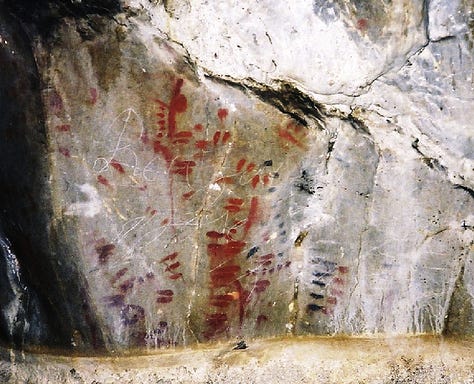
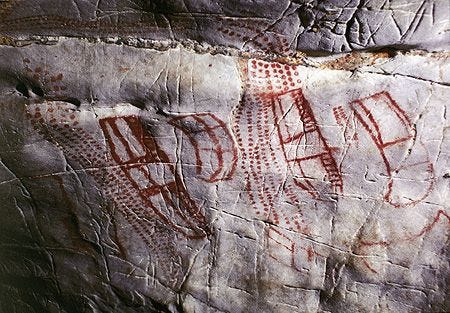
Geometric and symbolic patterns in Native American and Mexican caves suggest a direct link between altered states and artistic expression.
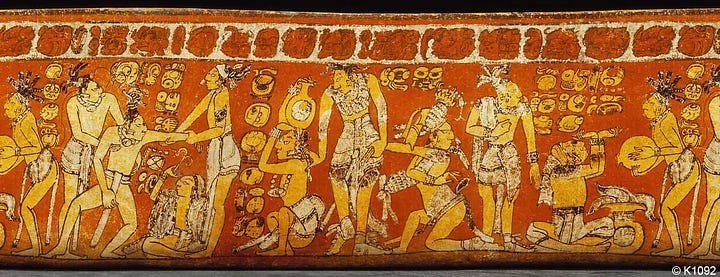
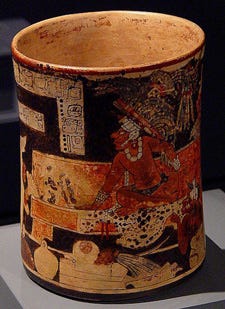
Maya enema vases depict hallucinogen-induced rituals, combining functional and aesthetic purposes to honor divine experiences.
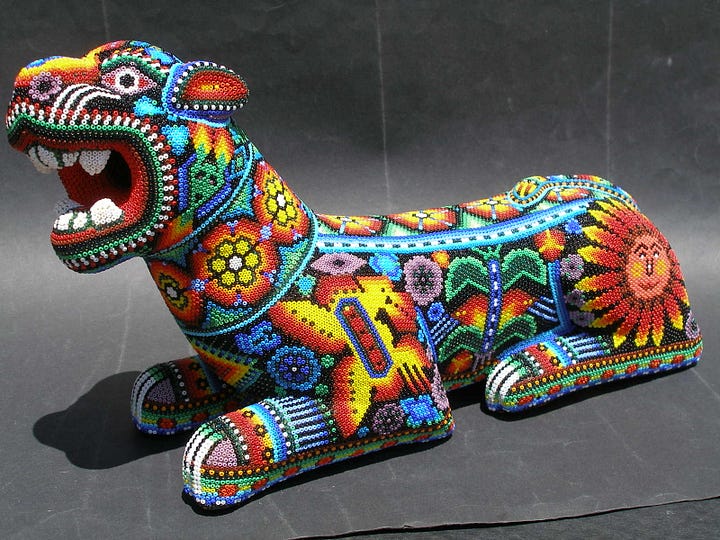
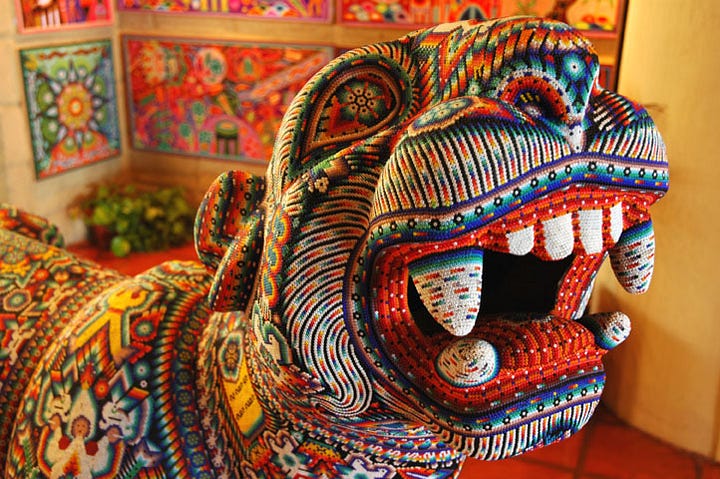
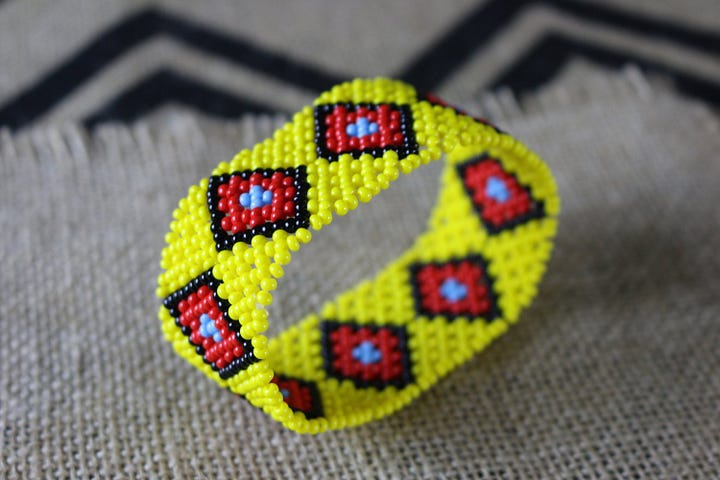
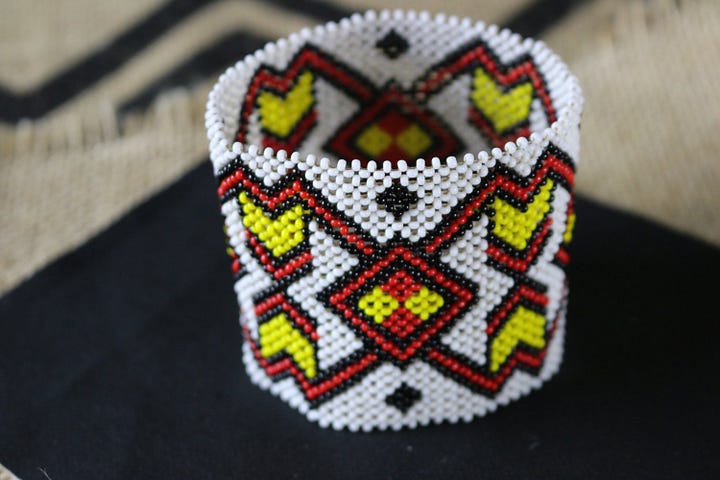
The vibrant colors and symmetrical designs of peyote-inspired beadwork reflect visions and spiritual symbolism specific to tribal beliefs.
Pre-Columbian codices and murals encapsulate hallucinogenic rituals, preserving their cultural and spiritual significance.
The study of hallucinogenics in Indigenous traditions highlights the depth of their cultural integration and artistic influence. Contemporary efforts to explore these substances' therapeutic potentials align with Indigenous knowledge systems, reinforcing the need for ethical engagement and cultural sensitivity. Collaborative archaeological projects, like those at Pinwheel Cave, emphasize the importance of preserving these traditions while recognizing their modern scientific relevance.
Hallucinogenics have profoundly shaped the artistic and spiritual traditions of Native American and Mexican Indigenous cultures. From the intricate beadwork of peyote rituals to the mushroom effigies of Mesoamerica, these substances served as vital tools for cultural preservation and spiritual exploration. As contemporary research delves deeper into their significance, honoring the origins of these practices and collaborating with Indigenous communities remains essential.
References:
Blainey, Marc. "Entheogens and Mesoamerican Artifacts." Wayeb Research Journal, 2023.
Gründemann, Carsten. "Hallucinogenic Peyote and Its Alkaloid Mescaline." Molecules, 2023.
McDonald, Lisa. "Rituals of Datura and Rock Art at Pinwheel Caves." Nevada Today, University of Nevada, Reno, 2021.
Reilly, F. Kent. "Visualizing the Sacred in Native American Art of the Mississippian Period." Hero, Hawk, and Open Hand, Yale University Press.
TheArtStory Editors. "Indigenous Art of the Americas Movement Overview." TheArtStory, www.theartstory.org.
Dr. Andrew Chesnut's charity of choice is the National Indigenous Women’s Resource Center
https://www.niwrc.org/donate


